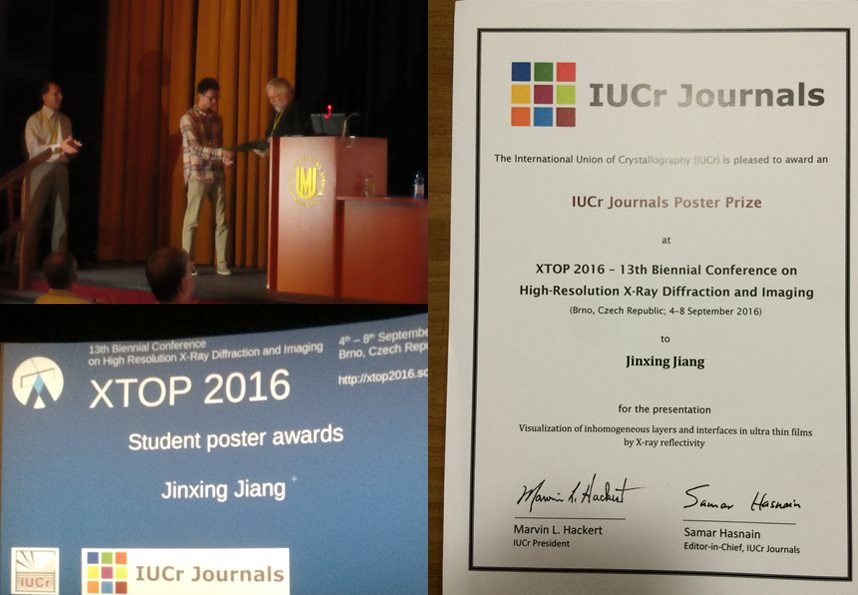Most X-ray experiments can be done at high quality with ease in an ordinary laboratory. Some experiments, however, have to be done in the field. It is hard to imagine a more extreme definition of "in the field" than the planet of Mars, which is why exciting times have come about since NASA's Mars rover "Curiosity" landed on Mars in August 2012. It has since recorded and sent back a large number of datasets including X-ray fluorescence (XRF) and X-ray diffraction (XRD) data. Naturally, the scientists involved with the projects have been speaking globally since. During EXRS 2014 (June, Bologna, Italy), Professor J. L. Campbell (University of Guelph, Canada) gave a keynote lecture entitled "XRF and PIXE on the Mars Science LAB Curiosity Rover". At the Denver X-ray conference (July, Big Sky, Montana), the Plenary Session was "X-rays on Mars", and 3 scientists gave lectures. Professor D. L. Bish (Indiana University) gave a talk entitled "The First X-ray Diffraction Results From Mars". Professor J. L. Campbell's talk on "XRF Combines with PIXE in Curiosity's Alpha Particle X-ray Spectrometer" was the extension on his talk at EXRS 2014, and further detailed and specific discussion was done there. Professor S.M. Clegg talked about "Exploring Mars with ChemCam on the Curiosity Rover" (ChemCam enables quick element determination by the laser-induced plasma emission spectroscopy). In August, at Montreal, during the International Union of Crystallography's congress, Professor D. L. Bish gave a talk entitled "The First X-ray Powder Diffraction Measurements on Mars". These talks highlighted many interesting technological aspects of the measurements: XRF analysis is done first by the same CCD camera, which works as an energy-dispersive 2D X-ray detector, even when the main aim of the measurement is obtaining the XRD pattern. In the analysis of unknown samples, generally both chemical composition and the crystal structure are indispensable. Another reason is that XRF helps the systematic use of single photon counting mode of the CCD camera to get a good quality XRD pattern. Secondly, the samples are vibrated all the time to ensure a smooth and continuous Debye ring. The rover furthermore contains a series of standard samples to check the reliability and reproducibility of the measurements. The readers might be interested in such a compact X-ray analyzer, which combined both XRD and XRF machine. Very similar system is now commercially available. For further information on the scientific activity on Mars, visit the Web page, http://mars.jpl.nasa.gov/msl/







